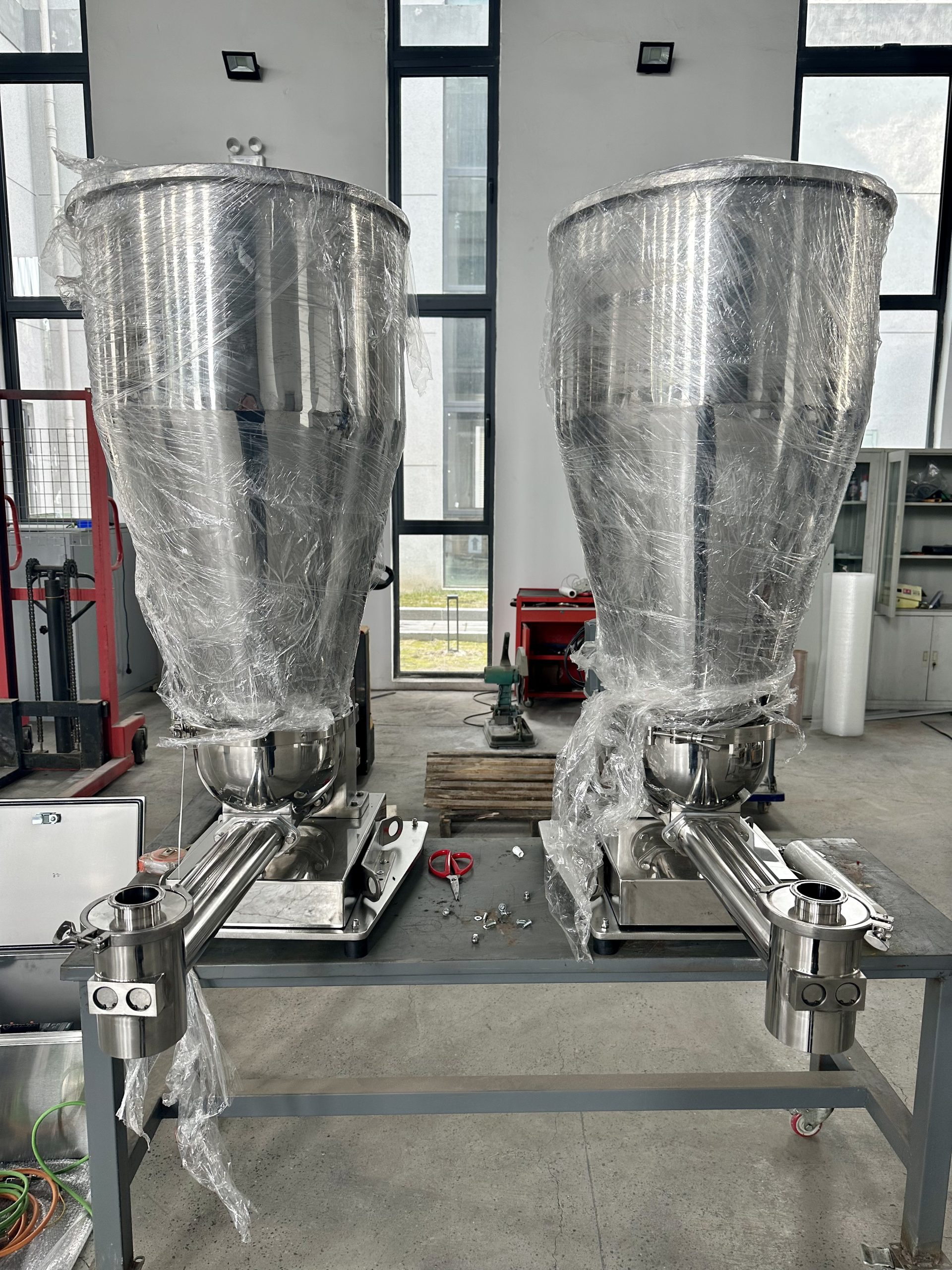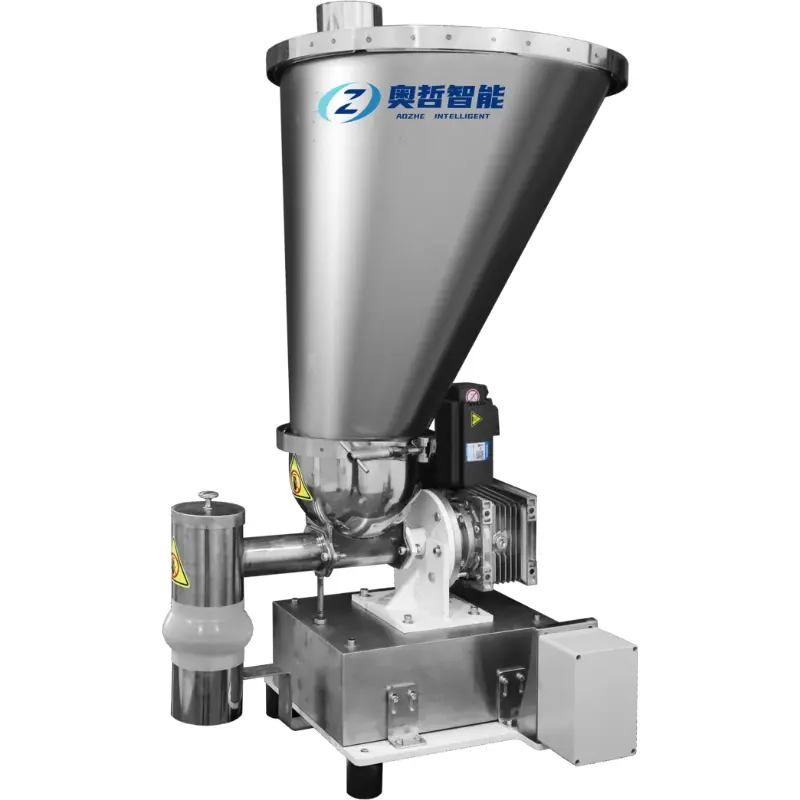Enhancing Production Efficiency: Easily Solving the Dust-Free Feeding Station Problem
Release time: 2025-05-29
A dust-free feeding station is an industrial equipment used in the material feeding process, primarily for powdery and granular materials. It effectively controls dust dispersion, improves the cleanliness and safety of the production environment. The core advantages can be summarized as follows:
1. Efficient Dust Control
Sealed Design: The feeding station adopts a sealed structure combined with a negative pressure suction or filtration system (such as HEPA filters) to prevent dust from escaping during material discharge.
Environmental Compliance: Reduces air pollution and meets environmental regulations (such as PM2.5 emission standards), especially suitable for industries with high cleanliness requirements (pharmaceutical, food, chemicals, etc.).
2. Protecting Worker Health and Safety
Inhalation Risk Prevention: Operators do not need to directly handle dust, reducing the likelihood of respiratory diseases or occupational illnesses.
Explosion-Proof Design: For combustible or explosive dust (such as metal powders, chemicals), explosion-proof motors and static elimination devices can be used to avoid explosion risks.
3. Improving Production Efficiency
Fast Feeding: Supports packaging forms such as large bags and ton bags, equipped with automatic unpacking or vibration-assisted discharge functions, shortening feeding time.
Reduced Cleaning Time: Dust is concentrated and collected, preventing dust accumulation around equipment, thus reducing cleaning and maintenance frequency.
4. Material Recovery and Cost Savings
Reducing Waste: The filtration system recovers dispersed dust, improving raw material utilization and reducing production costs.
Avoiding Cross-Contamination: The closed operation prevents foreign matter from mixing, making it particularly suitable for high-purity materials (such as pharmaceutical ingredients, precision chemicals).
5. Ease of Operation and Ergonomics
User-Friendly Design: The feeding height is adjustable, and it is equipped with safety guardrails or lifting platforms to reduce workers’ labor intensity.
Automation Integration: Can be connected to conveyor equipment (such as screw conveyors, vacuum feeders) or production lines to achieve continuous operations.
6. Strong Adaptability
Applicable to Multiple Industries: Customizable designs for industries such as chemicals, pharmaceuticals, food, new energy (lithium battery materials), coatings, etc.
Corrosion-Resistant Materials: Parts in contact with materials are made of stainless steel or special coatings, corrosion-resistant, easy to clean, and meet GMP or FDA standards.
7. Reducing Long-Term Costs
Simple Maintenance: The modular design allows for easy disassembly and cleaning, with replaceable filters and long equipment lifespan.
Reducing Downtime Risks: Prevents production stoppages caused by excessive dust, ensuring continuous production.
8. Typical Application Scenarios
Pharmaceutical Industry: Prevents pharmaceutical dust contamination during material feeding, complying with GMP clean room requirements.
Food Processing: Prevents foreign matter contamination, ensuring hygiene and safety.
Chemical Industry: Protects operators when handling toxic or irritating materials.
The dust-free feeding system, through technological optimization, significantly outperforms traditional open feeding methods in terms of dust control, production efficiency, safety, and compliance. It is a key piece of equipment for modern factories to achieve green production and intelligent upgrades. When choosing a feeding station, it is necessary to design it based on material characteristics (particle size, flowability, flammability) and industry standards.


